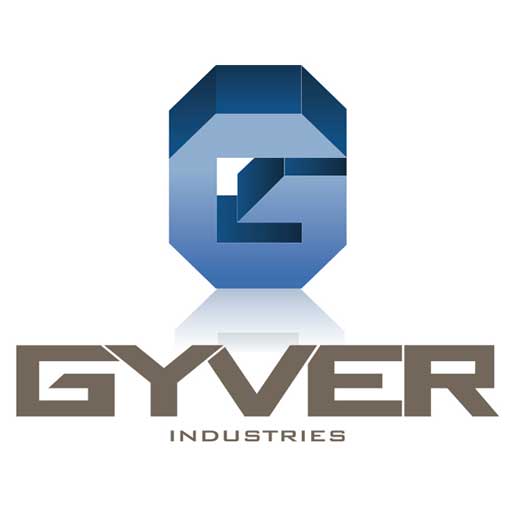Animal laboratory and learning center professionals have a responsibility to themselves, their staff, the community, and the environment to avoid risks associated with these settings. Potential hazards of working with animal carcasses include exposure to chemicals, physical risks, harmful micro-organisms, and toxins. Lab and learning center professionals must evaluate the risks associated with the work they are doing, and choose appropriate strategies for animal handling and animal carcass disposal.
Traditionally, there have been several methods available for disposal of dead animals:
- Incinerators. Having an on-site method of animal carcass disposal is convenient, but it has become increasingly difficult to get permits to build on-site incinerators. Transporting biomaterial to an offsite machine creates liability issues. Additionally, these units require substantial operating costs, cannot always achieve desired temperatures, and are not always reliable.
- Transport to landfill sites. Transporting biomaterial to landfill sites works well for smaller labs in which infectious disease is not common. However, even in lab environments in which such exposure is not typical, there is always the possibility, creating liability issues.
- Autoclaves. Autoclaves, devices that use steam pressure in sterilization, have also been used, but this method of animal carcass disposal is not a practical solution for labs that produce a large waste volume, or require prion destruction.
Since the early 1990s, a new technology, tissue digestion, has become available for disposal of dead animals. Tissue digestion is superior to other animal carcass disposal methods for a variety of reasons.
- First, tissue digestion is based on the demonstrated method of RNA alkaline hydrolysis, the decay process that takes place when biomaterial is buried in the earth. Tissue digesters mimic this process, at a much faster rate; they do in 24-48 hours what it takes years for the earth to do.
- Second, tissue digesters provide reliable biological pathogen destruction based on an ability to consistently reach the pH, temperatures, pressure, and duration required to destroy pathogens.
- Third, the dehydrated solid and liquid material that results from the tissue digestion process can be used for land application.
- Finally, tissue digesters require little maintenance and lower operational costs versus incinerators.
Tissue digestion provides safe, effective disposal of dead animals for lab and learning center environments. Gyver’s Renatus D animal waste digester™ line offers reliable, efficient machines built for the long haul. We customize our machines for individual customers, and work with engineers, lab staff, and others to ensure proper installation and operation.
If you’re ready to take the next step, call (970) 568-4220 or (970) 567-7249, or send e-mail to gyversboss@gyverindustries.com for more information.
Meanwhile, we invite you to visit our products page to find out about our full line of animal waste digesters.
Animal laboratory and learning center professionals have a responsibility to themselves, their staff, the community, and the environment to avoid risks associated with these settings. Potential hazards of working with animal carcasses include exposure to chemicals, physical risks, harmful micro-organisms, and toxins. Lab and learning center professionals must evaluate the risks associated with the work they are doing, and choose appropriate strategies for animal handling and animal carcass disposal.
Traditionally, there have been several methods available for disposal of dead animals:
- Incinerators. Having an on-site method of animal carcass disposal is convenient, but it has become increasingly difficult to get permits to build on-site incinerators. Transporting biomaterial to an offsite machine creates liability issues. Additionally, these units require substantial operating costs, cannot always achieve desired temperatures, and are not always reliable.
- Transport to landfill sites. Transporting biomaterial to landfill sites works well for smaller labs in which infectious disease is not common. However, even in lab environments in which such exposure is not typical, there is always the possibility, creating liability issues.
- Autoclaves. Autoclaves, devices that use steam pressure in sterilization, have also been used, but this method of animal carcass disposal is not a practical solution for labs that produce a large waste volume, or require prion destruction.
Since the early 1990s, a new technology, tissue digestion, has become available for disposal of dead animals. Tissue digestion is superior to other animal carcass disposal methods for a variety of reasons.
- First, tissue digestion is based on the demonstrated method of RNA alkaline hydrolysis, the decay process that takes place when biomaterial is buried in the earth. Tissue digesters mimic this process, at a much faster rate; they do in 24-48 hours what it takes years for the earth to do.
- Second, tissue digesters provide reliable biological pathogen destruction based on an ability to consistently reach the pH, temperatures, pressure, and duration required to destroy pathogens.
- Third, the dehydrated solid and liquid material that results from the tissue digestion process can be used for land application.
- Finally, tissue digesters require little maintenance and lower operational costs versus incinerators.
Tissue digestion provides safe, effective disposal of dead animals for lab and learning center environments. Gyver’s Renatus D animal waste digester™ line offers reliable, efficient machines built for the long haul. We customize our machines for individual customers, and work with engineers, lab staff, and others to ensure proper installation and operation.
If you’re ready to take the next step, call (970) 568-4220 or (970) 567-7249, or send e-mail to gyversboss@gyverindustries.com for more information.
Meanwhile, we invite you to visit our products page to find out about our full line of animal waste digesters.

